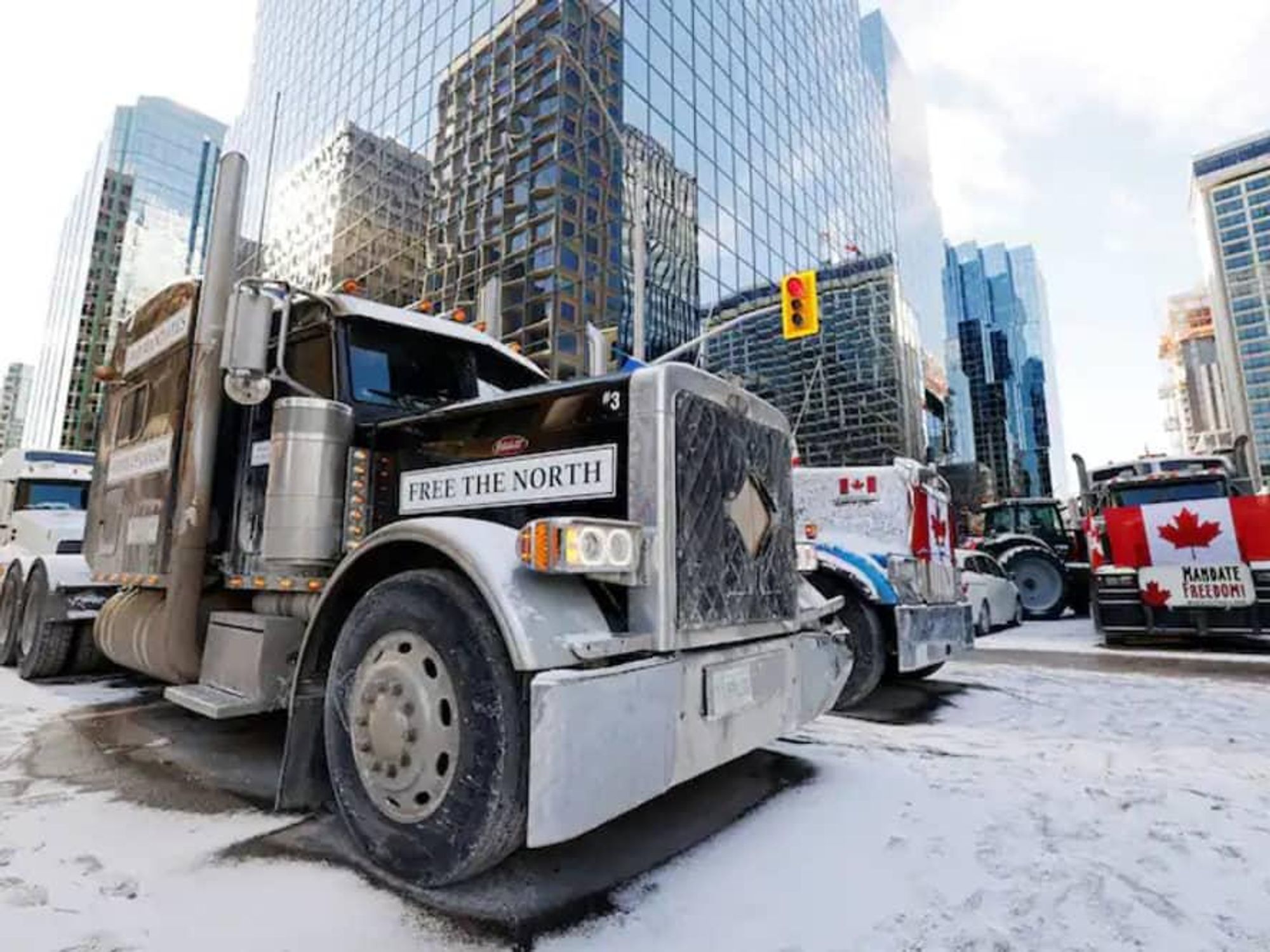Big-rig gifts
Austin-area ZIP code drives most U.S. donations to Canadian truck protests

Some residents of Leander might be big fans of the 1973 hit song Keep On Truckin’.
An analysis by The Washington Post shows the 78641 ZIP code in the Williamson County suburb tops the list of U.S. ZIP codes for donations to “Freedom Convoy” trucker protests that blocked two U.S.-Canada border crossings and continue to disrupt traffic in Ottawa, the capital of Canada.
The Post based its analysis of more than 55,000 U.S.-based donations to the “Freedom Convoy” initiative on leaked fundraising data posted online over the course of two days. The donations were made through the Christian fundraising website GiveSendGo. The Post published its findings February 15.
At the request of Canadian authorities, the Ontario Superior Court of Justice ordered a halt to distribution of money from GiveSendGo fundraisers organized under the names “Freedom Convoy 2022” and “Adopt-a-Trucker,” The Post says. The fundraisers supported anti-vaccine-mandate protests organized in Canada by truckers.
According to The Post’s analysis, 38 contributors were from Leander’s 78641 ZIP code. Their donations totaled $1,859. Right behind Leander was Beverly Hills, California, with 36 contributions totaling $2,609.
The Post says many of the crowdfunding transactions from Leander “included references to Bible verses in notes explaining their donations. A shop owner there declined to comment on a $100 donation when reached by The Post.”
In most cases, the 78641 donors are affiliated with the Republican Party, according to The Post.
In the 2020 presidential election, 50 percent of Williamson County voters backed Democrat Joe Biden and 48 percent supported Republican Donald Trump. Four years earlier, Trump collected 51 percent of the Williamson County vote, with Democrat Hillary Clinton at 41 percent.
Leander is one of the fastest-growing cities in the Austin metro area. Its population skyrocketed by 123 percent from 2010 to 2020, according to the U.S. Census Bureau.
The 77429 ZIP code in the Houston suburb of Cypress was the only other Texas location to appear in the top 10 of the donor list. In this ZIP code, The Post tallied 29 donations totaling $1,510. The 77429 ZIP code tied for fifth place on the list.
